A Guide to How Carnival Is Celebrated Around the World

In February and March, thousands of people swarm the streets of some of the world’s buzziest cities—including Rio de Janeiro in Brazil, Trinidad and Tobago's Port of Spain, and El Callao, Venezuela—uniting to celebrate Carnival. Recognized by its vibrantly colored floats and costumes, massive parades, and an abundance of food, music, and festivities, Carnival celebrations—which are meant to be an expression of freedom—are truly a spectacle that attract tourists from all over the world to its hosting cities.
The start of the Carnival season traditionally aligns with the Christian observation of Lent, a 40-day period leading up to Easter that typically involves fasting, or giving something up as a sign of sacrifice in exchange for spiritual replenishment. For this reason, Carnival—characterized by lively indulgence—happens just prior to Ash Wednesday (which falls on February 17 this year), though some organizations may vary their timeline to last slightly beyond that, or to take place at a different date entirely.
According to The Economist, more than 50 countries celebrate their own Carnival traditions that are unique to their customs, but there are a few similar threads that bind them all together.
Beyond its modern implication as an excuse to drink and dance—which to be fair, is a sizable part of Carnival—the concept of excess during Carnival season is not without reason. Here, we will explore exactly what Carnival is, how it's celebrated, and where you can travel post-pandemic to really experience it.
(Note: Due to COVID-19, many of the top destinations, including the below regions, have cancelled Carnival, but some are hosting virtual celebrations—and of course, dancing at home is always encouraged.)
Carnival is a worldwide party packed with cultural traditions.
Though held in various parts of the world, the spirit of Carnival, or Carnaval in Spanish and Portuguese-speaking countries, remains the same. At the turn of each New Year, celebrating regions transition from one festive holiday season to another: the anticipation of Carnival. In the weeks leading up to Carnival, hosting destinations swell with tourists.
The months-long preparation of costumes and party planning culminates in a large, official flamboyant parade—filled with dancing attendees in dazzling costumes, enormous floats, and pounding music.
Carnival is celebrated in more than 50 countries, but this is where some of the most popular festivals take place.
Port of Spain, Trinidad and Tobago
The two-day parade in Port of Spain is the mother of Caribbean Carnivals, inspiring variations of the celebration across the West Indies and other nations, such as Crop Over in Barbados, Labor Day Parade in Brooklyn, New York, Caribana in Toronto, and Notting Hill Carnival in London.
Carnival in this country stemmed from Calypso music which was a genre born out of slavery. The spirit of liberation expanded and evolved into the modern-day Carnival, which is filled now with booming soca music. The main events of the celebration officially begin on the Monday and Tuesday preceding Ash Wednesday, when masqueraders and other revelers dance their way throughout the parade.
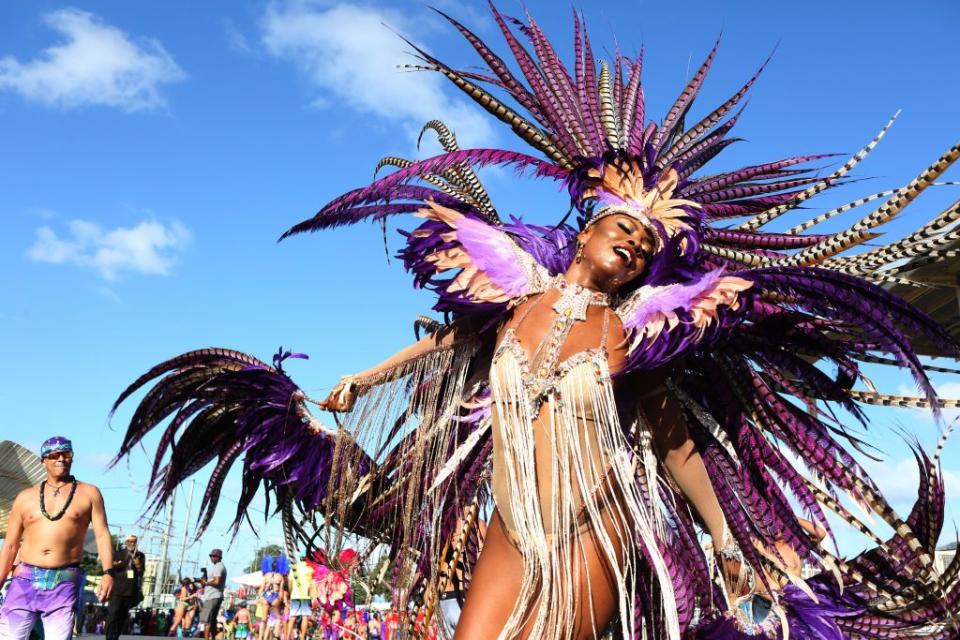
The costumes worn on Carnival Tuesday typically include bright bikini-styled ensembles crafted with jewels, feathers, and beads that match the theme for each Carnival band (the organizations that manage the parade). Each band of masqueraders competes to win over the judges for the Band of the Year title, and other designations. The parade typically starts in the heart of Port of Spain and circles around a custom route throughout the city.
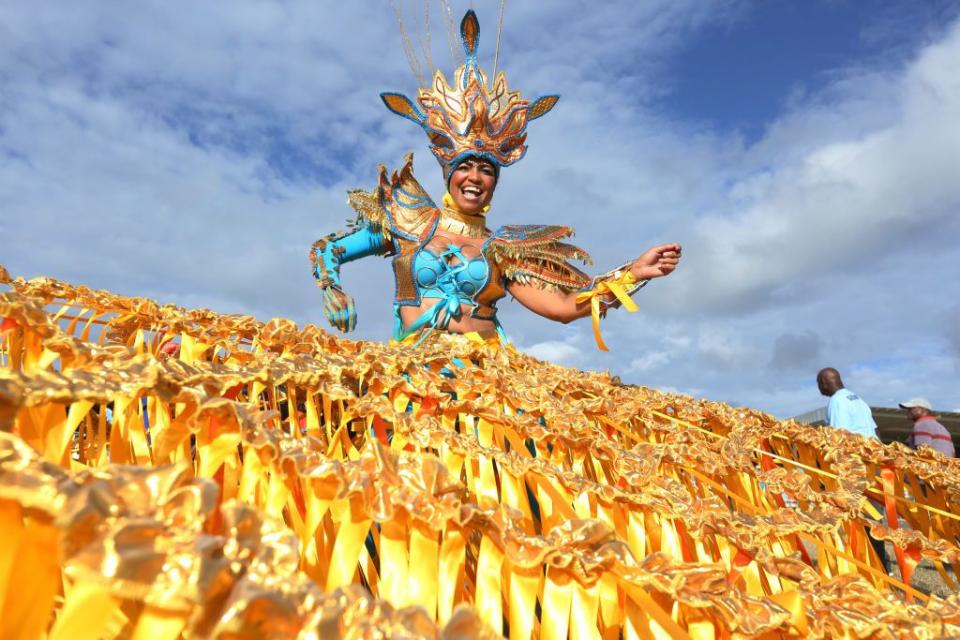
Dean Ackin, founder of the largest all-inclusive Trinidad Carnival Band, TRIBE, tells OprahMag.com, "While there are many Carnivals around the world, there is a magic to our festival that cannot be replicated, as Trinidad Carnival is steeped in history, culture and tradition. It is organic, real, and has meaning to the people. It was not developed by any one person or government for the sake of tourism only. It was born out of the people over centuries."
Rio de Janeiro, Brazil
Attracting millions of people, Carnival in Rio de Janeiro is the largest of all the festivals worldwide. It begins on the Friday preceding the week of Lent and ends on Ash Wednesday. The grand parades include remarkable floats and costumes designed by its samba schools, the regional elite organizations that usher in the celebrations. During the parades, the samba schools that are selected to compete head to the massive stadium Sambódromo, or the Sambadrome Marquês de Sapucaí, which according to Culture Trip, stretches 2,300 feet and can fit 90,000 people. The vibrantly colored group of costumes (called wings) tie into an overarching theme. Judges then assess and award points for each samba school’s performance. Carnival newbies who may not want to participate in the parades themselves can still experience the culture of Carnival and samba as a spectator.
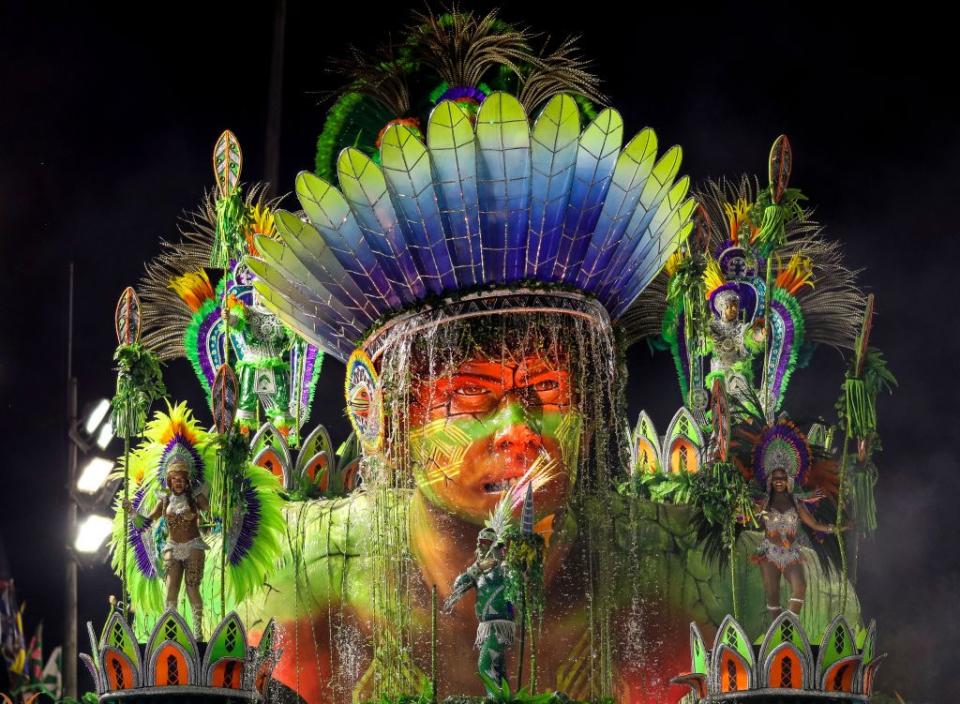
In the book, The Mystery of Samba, editor and translator John Charles Chasteen summarized the integral connection between samba music and a greater national character.
“To the outsider, samba and carnival seem to showcase Brazil's African heritage. Within Brazil, however, they stand for mixture—mestiçagem, racial and cultural mixture. Since the 1930s, Brazilians have, overall, enthusiastically adopted the notion that racial and cultural mixture define their unique national identity. Samba is the great metaphor for the mixture."
Although Carnival in Rio was initially postponed to July 2021, Rio de Janeiro's mayor Eduardo Paes tweeted in January that it will be cancelled for the year.
Santa Cruz de Tenerife, Spain
Santa Cruz de Tenerife is the largest of Spain’s Canary Islands—and the liveliest too. The pre-Lenten Carnival celebration is similar to that of Rio de Janeiro, but here it lasts 15 days and is filled with street parties along with its official parades. One of the celebration’s biggest events centers around an annual contest when a Carnival Queen is selected, according to Spain in English. Once a queen is crowned, the parties can begin. For days, the streets are filled with locals and visitors, parties, and satirical performances by entertainment carnival groups. Their official parade, which happens Tuesday, is called “el Coso," and, as you might have guessed, is filled with music and dancers with extravagant costumes.
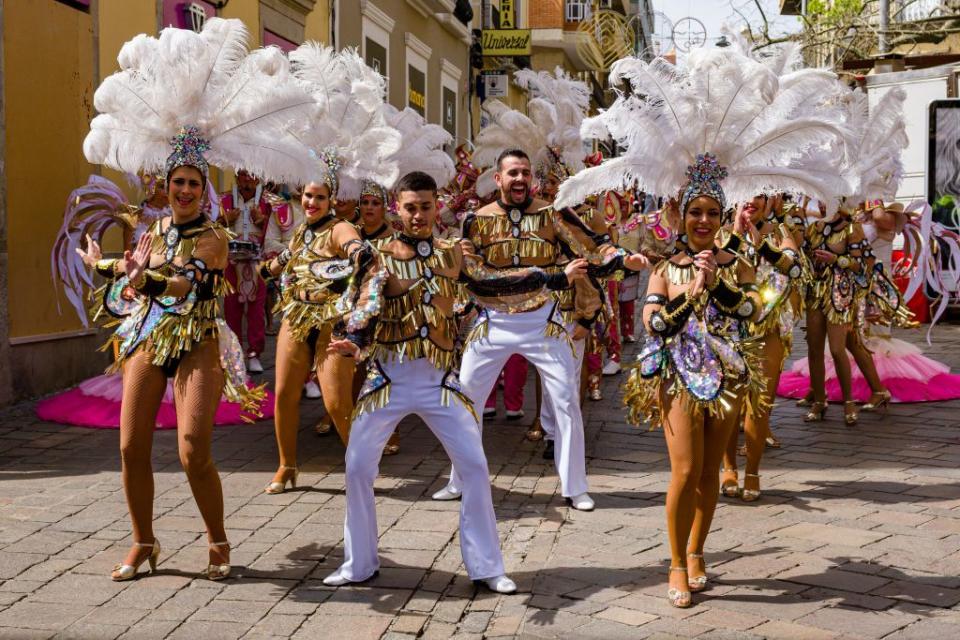
What's especially unique to this region is a tradition that happens after the parade. The "Burial of the Sardine” is a ceremony marking the end of Carnival when a giant sardine puppet (yes, literally) is taken through a funeral-like procession and then burned. This symbolizes an end to one season and a rebirth of another.
New Orleans, United States
New Orleans, Louisiana, is the Carnival capital of the United States for its popular and dazzling Mardi Gras. Celebrations begin on January 6 (the Christian holiday Three Kings Day) and end on Fat Tuesday (which is February 16 this year). Mardi Gras traditions include grand balls, parades with elaborate floats, and, of course, onlookers wearing the official Mardi Gras colors of purple, gold, and green, vying for beads. Special social clubs, called Krewes organize the weeks of events.
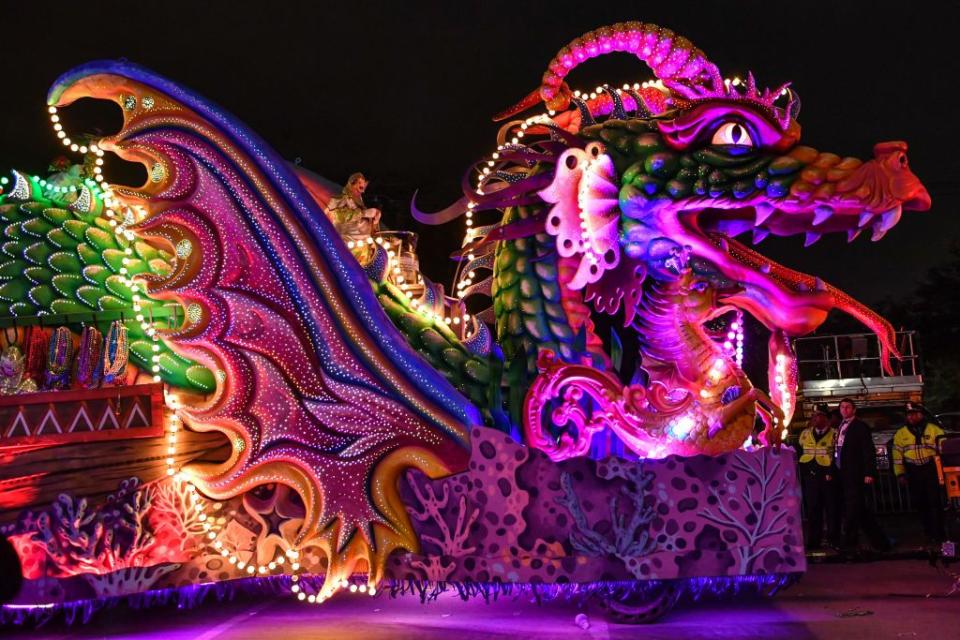
While official celebrations have been cancelled this year, you can get a (literal) taste of Mardi Gras by whipping up these famous New Orleans foods, including king cake, making a signature NOLA cocktail, and streaming the three-night virtual event, the Hoda Kotb-hosted Mardi Gras for All Y'all, kicking off on February 12.
Venice, Italy
The festivals here start a few weeks prior to Ash Wednesday, though dates vary every year. Each Carnival has more than 100 events, which all abide by a pre-designated overarching theme. The festivities include private galas and balls, boat parades along the Grand Canal, and competitions. In Venice, costumes are reminiscent of what was worn by 18thcentury noblemen and women—complete with gowns, capes, and most notably, Venetian masks. According to the New York Times, the use of identity-concealing masks dates back to the 13th century. Party goers presumably enjoyed the anonymity.
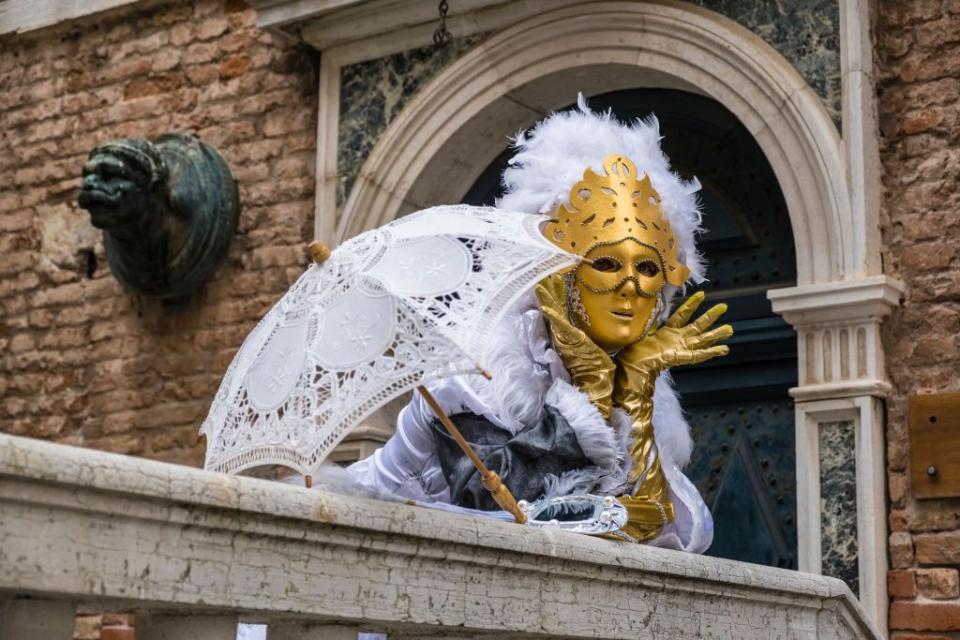
In 2021, per the official Venice Carnival Instagram, celebrations are going online. Participants can celebrate in "virtual rooms."
Cologne, Germany
Carnival season or the “fifth season of the year,” as it’s called in Cologne, Germany, is one of the longest celebrations. It traditionally starts at 11:11 a.m. on November 11 (yes, you read that right), according to the city's tourist site. However, the official Carnival celebrations last for six days. They begin on the Thursday before Ash Wednesday, or “Wiberfastnacht,” which loosely translates to “silly Thursday," and conclude the day before Ash Wednesday. During that period, one can expect events like masked balls, parties, drinking (at any hour), and on Tuesday, a grand parade organized by Cologne’s Carnival Festival Committee.
For more stories like this, sign up for our newsletter.
You Might Also Like

